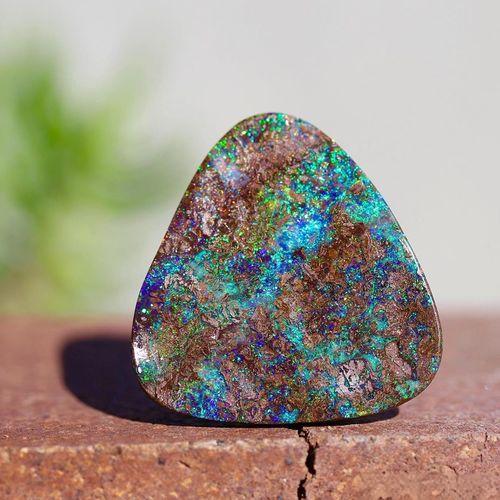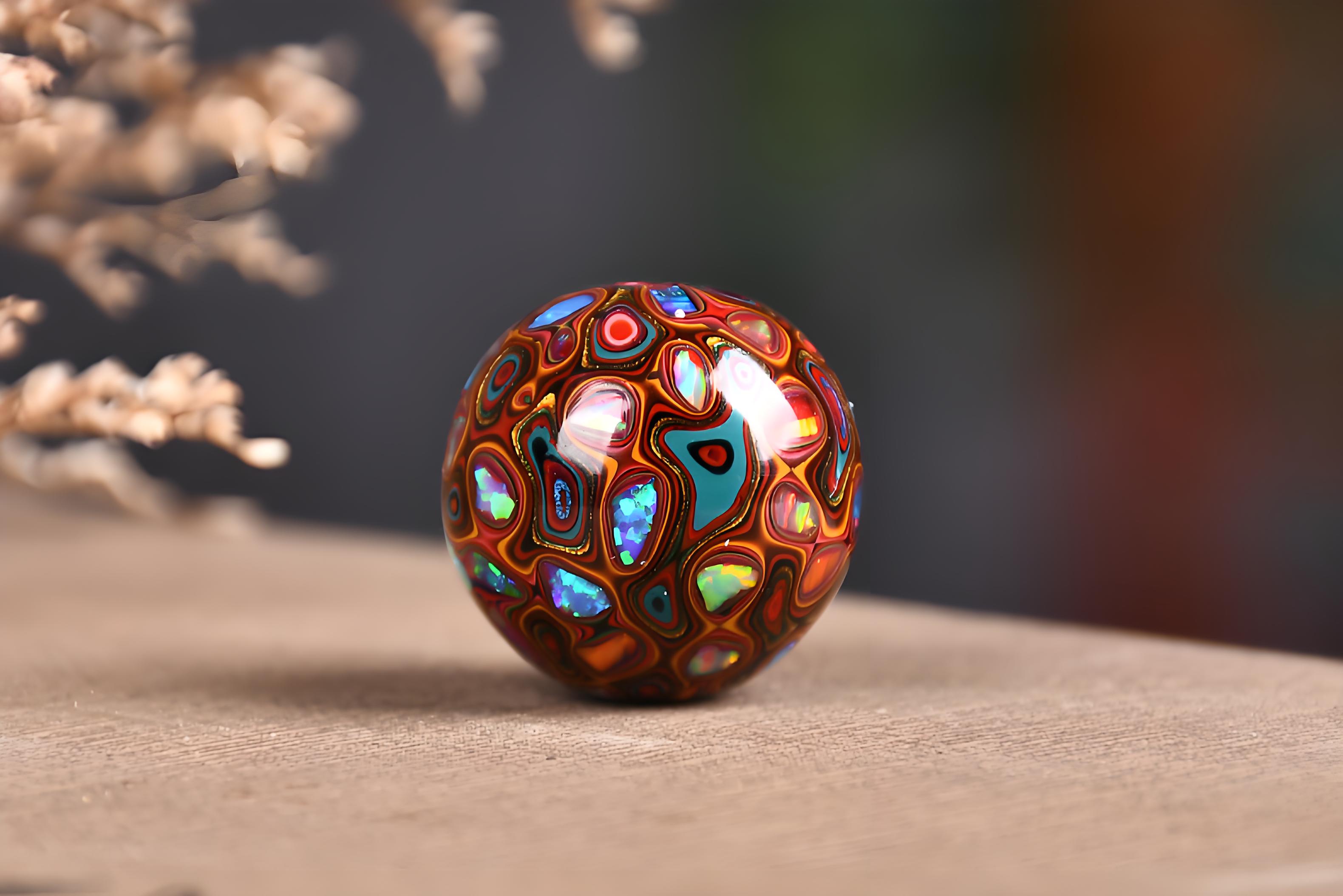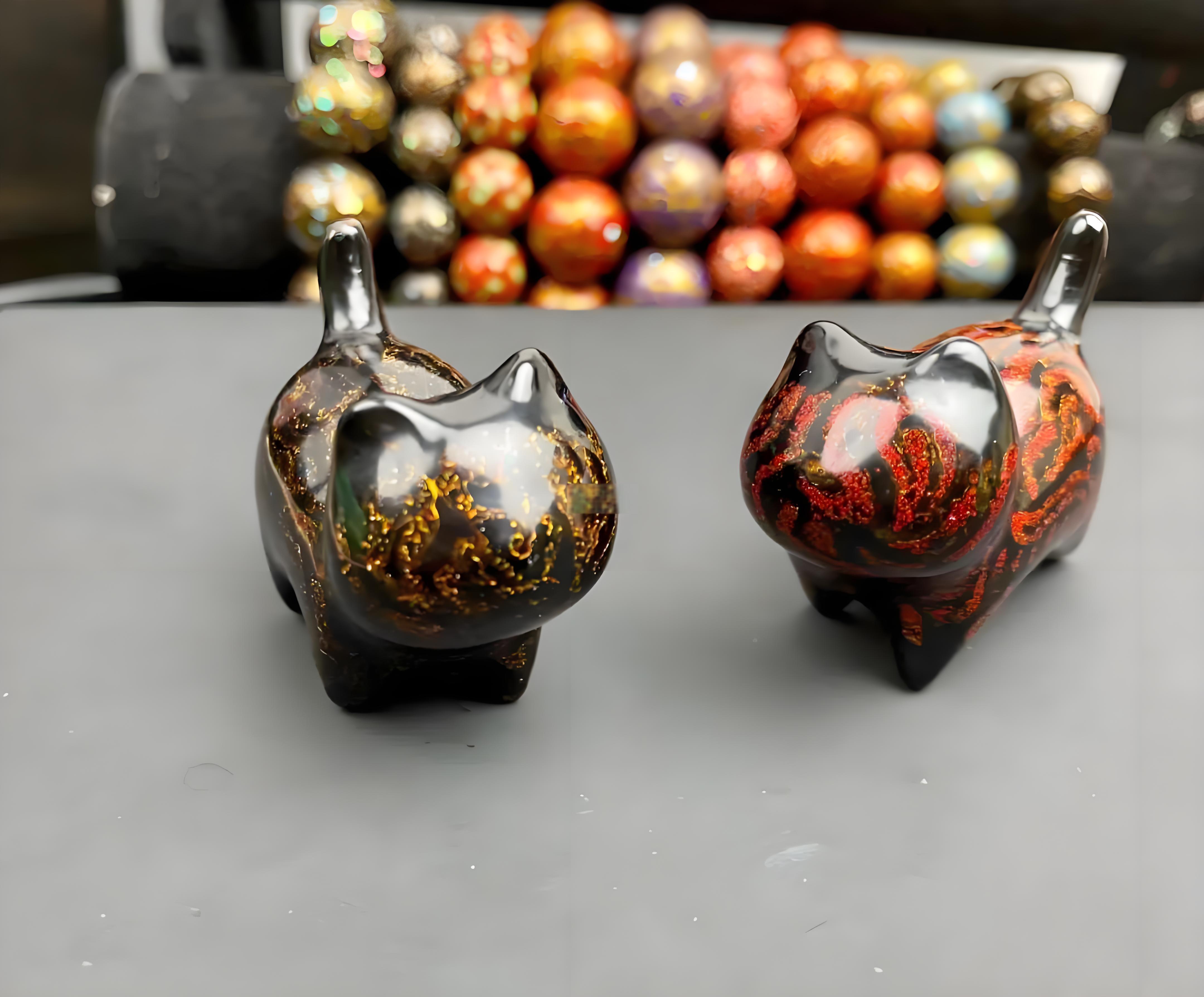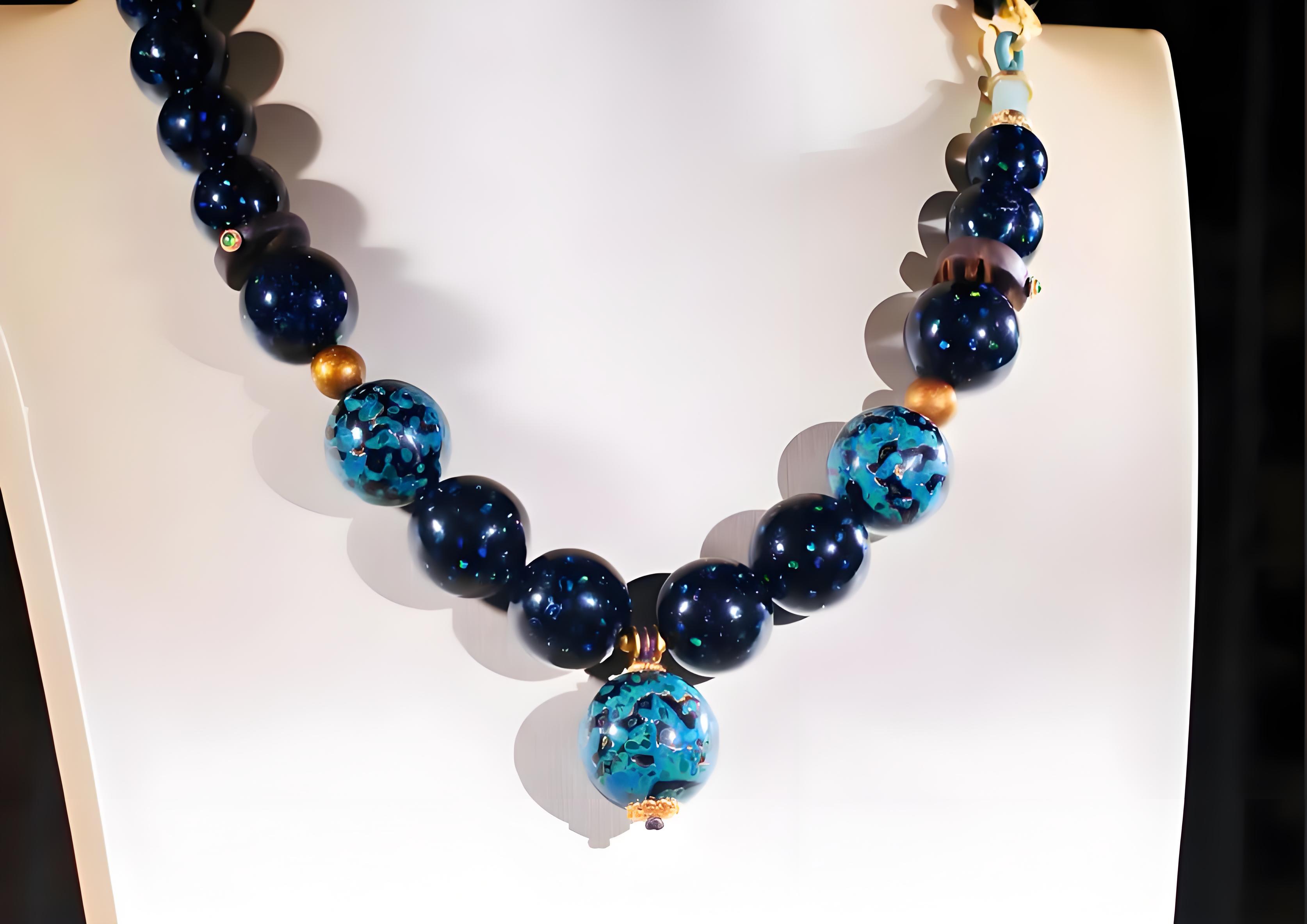What is Opal?
Opal, a gemstone known for its mesmerizing play of colors, is often regarded as one of the most captivating and mystical jewels in the world. With its unique optical properties, opal can showcase an array of vivid hues that shift depending on the angle of light, making it a gem unlike any other. Whether in ancient civilizations or modern times, opal has been revered for its beauty and symbolism, captivating both collectors and spiritual seekers alike.
What Makes Opal So Special?
Opal’s most remarkable feature is its play of color. This phenomenon occurs when light enters the stone and is diffracted by tiny silica spheres within its structure, creating the dazzling bursts of color that opals are known for. These colors can range from vibrant reds, oranges, and blues to cooler greens and purples. Depending on the angle of the light and the observer’s viewpoint, the colors appear to shift and change, making each opal a one-of-a-kind gemstone.
Another distinguishing characteristic of opal is its base color, which can vary from transparent to opaque and includes whites, blacks, and a variety of tones in between. There are different types of opals, each with its unique characteristics:
- Precious Opal: The most sought-after variety, displaying the famous play of color and used extensively in fine jewelry.
- Common Opal: This type of opal lacks the color play and is typically opaque, often used for decorative purposes.
- Fire Opal: Known for its vivid orange and red colors, fire opal is often transparent or semi-transparent, with less color play.
- Boulder Opal: Containing ironstone or sandstone, boulder opal displays a natural matrix of color that adds to its beauty.

How is Opal Formed?
Opals are formed when water containing dissolved silica seeps into cracks and cavities in rock. Over millions of years, the water evaporates, leaving behind the silica deposits, which harden into the opal we see today. This process usually occurs in arid regions where water is slow to evaporate, allowing the opal to form over long periods. Opals are often found in countries like Australia, which accounts for approximately 95% of the world’s supply, but they can also be sourced from regions in Ethiopia, Mexico, and the United States.
The Metaphysical Properties of Opal
Beyond its physical beauty, opal is believed to hold a variety of metaphysical properties. Many consider opal a stone of inspiration, creativity, and emotional healing. It is often referred to as the "stone of transformation," as it is thought to help release negative emotions and encourage personal growth. In addition to its emotional benefits, opal is also believed to enhance intuition, psychic abilities, and spiritual insight, making it a popular choice for meditation and healing practices.
Opal in History and Culture
Throughout history, opal has been highly regarded in various cultures. In ancient Rome, opal was considered a symbol of hope and purity, while in ancient Greece, it was believed to possess prophetic powers. During the Middle Ages, opal was thought to protect against disease and bring good fortune to its wearer. The Australian Aboriginal people have long considered opal to be a sacred stone, with many creation myths involving the gem.
In modern times, opal remains a highly valued gemstone in the jewelry market. Its ever-changing colors make it an exquisite centerpiece in rings, necklaces, earrings, and bracelets, and its rarity ensures its continued desirability among collectors and jewelers alike.
How to Care for Your Opal
Opal is a relatively soft gemstone, which means it requires special care to maintain its beauty. To prevent scratching and damage, opals should be stored separately from harder gemstones. When cleaning opal jewelry, use a soft cloth and mild soap with water. Avoid exposure to harsh chemicals, extreme temperatures, and prolonged sunlight, as these can affect the gem’s appearance and integrity.
Conclusion
Opal is more than just a gemstone—it's a captivating work of art created by nature itself. From its stunning play of colors to its rich cultural significance and metaphysical properties, opal continues to fascinate and inspire people around the world. Whether you are drawn to its beauty, its symbolism, or its healing properties, opal remains a timeless treasure that holds a unique place in both history and modern jewelry.
If you're looking to add an opal piece to your collection, choose us for our carefully curated selection of high-quality opal jewelry, crafted with attention to detail and artistry. Let the magic of opal captivate you.




